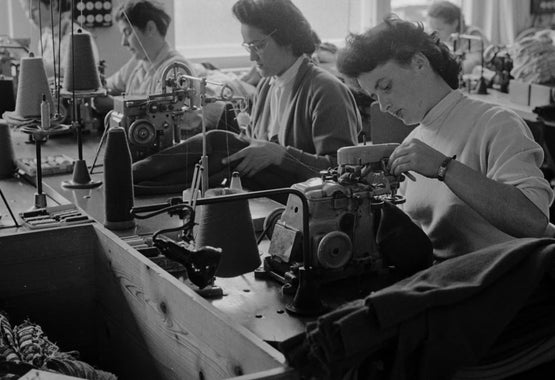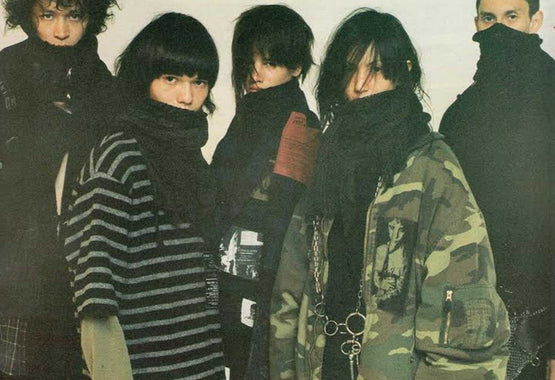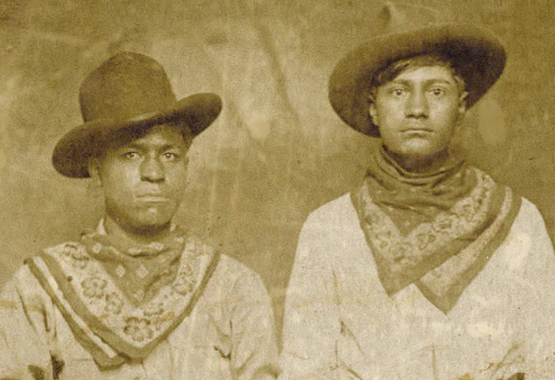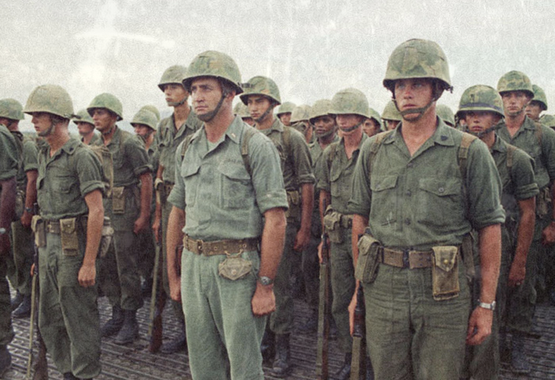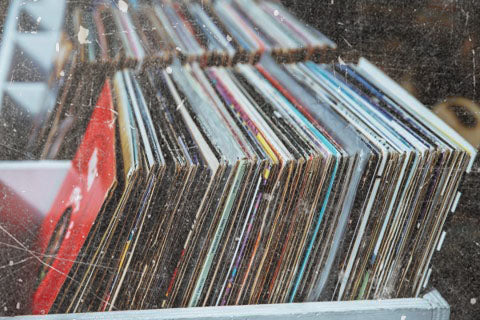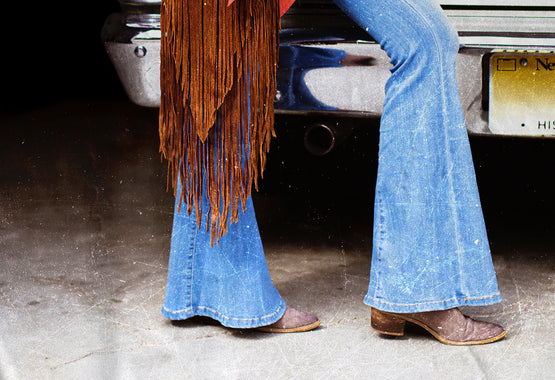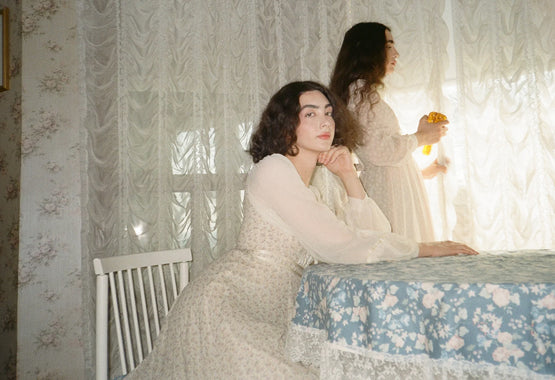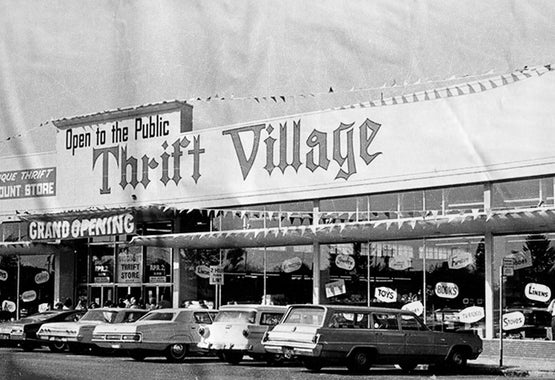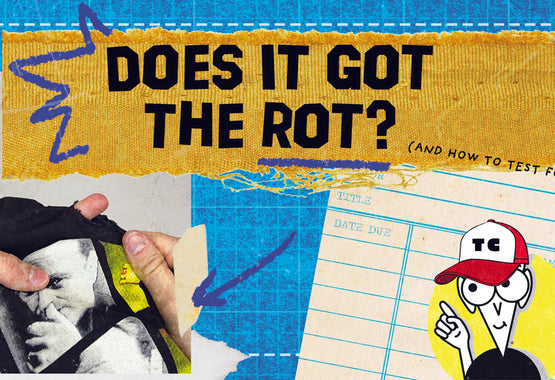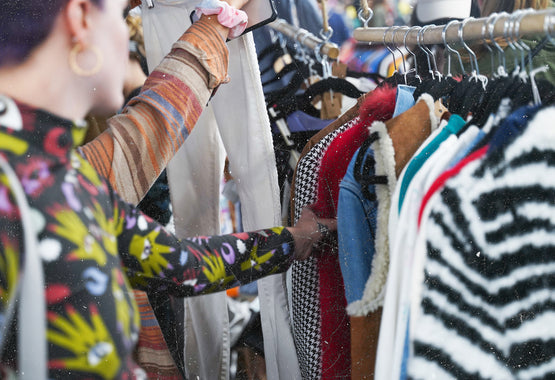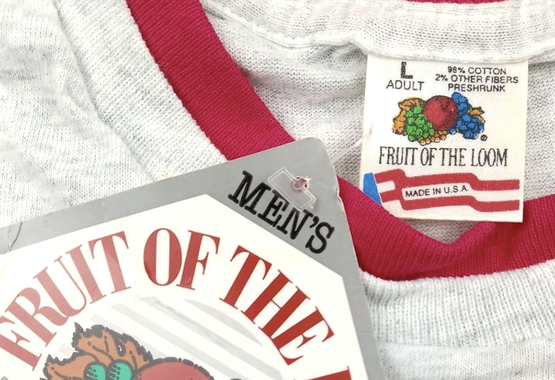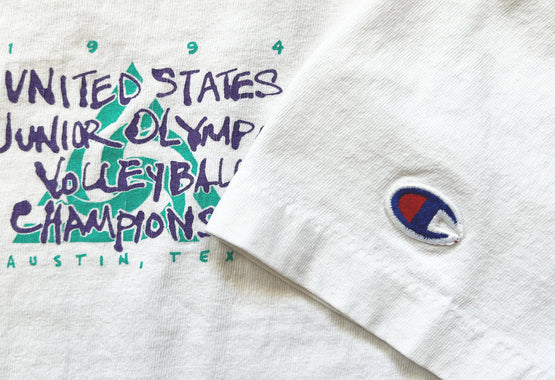The What, When, Why, and How of Archive Fashion
written by Thomas Starr
If you consume a decent amount of fashion-related content online, then chances are you’ve heard the term “archive” thrown around to describe a piece of clothing. But with the word being used so often, it can be difficult to pin down exactly what it means and which items can be considered archive. Does every piece of designer clothing count? Does it have to be a certain age? Does it even have to be a designer piece? Spending about an hour on fashion TikTok will probably leave you with these questions and more. But thankfully, ThriftCon’s expertise on second-hand clothing extends to second-hand designer, meaning we’re able to answer these questions and even give you some tips on how to score those sought after archive pieces for a good price.
What is Archival Fashion?
In the general sense, an archive is a collection of historical items, preserved for future generations. Archivists dedicate their lives to the keeping of these collections, searching far and wide for new pieces to add and obsessing over the maintenance of those they already possess. The truest fashion archivist is no different, scrambling at the chance to add a sought after piece of fashion history to their collection. Many search for their favorite designer(s), while some instead prefer any garment or collection with cultural significance. As such, archive fashion can be easily defined as clothing from a designer or brand’s older collections, especially those which made an impact on the world of fashion. Such items often demand a pretty penny, with prices reaching up into the tens of thousands of dollars. For example, a Raf Simons F/W 2001 ‘Riot! Riot! Riot!’ bomber jacket sold for nearly $50k in 2018 and one is currently listed on online marketplace Grailed for $200k. These prices reflect the rarity of the garments and act to keep them exclusive, with average consumers being unwilling to shell out crazy amounts of money for clothing. Fashion archivists pride themselves on this exclusivity (which may border on pretentiousness), as their outfits reflect either an extreme dedication to a brand or a very large wallet.

What Brands Can Be Considered Archive?
Due to the definition of archive fashion being quite broad, clothing from many different designers can be defined as such. Brands ranging from Stone Island to Guidi to Ralph Lauren to Chrome Hearts all have past collections and releases that are advertised as archive online. Yet with the wide variety of archive brands, a few stand out as the most popular and sought after by collectors. Perhaps most sought after of all is infamous American designer Rick Owens, whose love of black and BDSM have led him to create some of the most iconic pieces of clothing ever made. Items from his FW06 ‘Dustulator’ show are amongst the most desired by collectors, due in part to their provocative nature and striking design.

Archivists also love the group of Belgian designers known as the “Antwerp Six” (Ann Demeulemeester, Dirk Bikkembergs, Dries Van Noten, Walter Van Beirendonck, Marina Yee, and Dirk Van Saene) and their Belgian contemporary Maison Martin Margiela. The Antwerp Six all graduated from the Royal Academy of Fine Arts in the early 1980s and would go on to dominate the radically changing world of fashion in the late 80s and 90s. The progressiveness of their collections from this time have resulted in incredibly high demand for said garments and some of the most dedicated collectors of designer clothing.

The work of Hedi Slimane and his passion for rockstar fashion and Cuban-heeled boots also demands attention from dedicated fans. With a career including positions at Dior, Saint Laurent, and now Celine, Slimane is responsible for many trends throughout the 2000s and 2010s, including the rise of the skinny jean.

Finally, a discussion of archival fashion would be incomplete without mentioning Japan, which has birthed some of the most famous and influential designers of any one country. Icons such as Rei Kawakubo (Comme Des Garcons), Yohji Yamamoto, Issey Miyake, and Junya Wantanabe all played a major role in defining the fashion of the second half of the 20th century and still continue to influence trends today. Other sought after archival brands include Dolce & Gabbana, Jean Paul Gaultier, Jil Sander, and Prada, among others.

Why is Archive Popular Now?
The recent rise in interest in archival fashion has been nothing short of meteoric. Since the pandemic, online attention has seemingly shifted from streetwear to archive, with TikTokers bragging about their second-hand Margiela pickups instead of Supreme hauls. But where does this interest stem from, especially with the inaccessibility of archival designer clothing?
Despite the relatively recent increase in attention that archival fashion has gotten, the origins of this interest span back at least a decade. One simply has to look to the most influential force on fashion of this century, hip-hop. Kanye West is perhaps the most obvious cause of archival’s rise, with his Yeezus-era Margiela masks and Raf Simons outfits. No one person has had a greater impact on fashion over the past 20 years than Kanye and the popularity of archive clothing is no exception to his reach. A close second to Kanye in the early 2010s promotion of rare designer is A$AP Rocky. The song “Fashion Killa” has perhaps done more for avant-garde designers than any other, with 27 brand name drops ranging from Ann Demeulemeester to Jean Paul Gaultier. If it weren’t for these two rappers, archival fashion and the brands the label describes almost certainly wouldn’t be as popular as they are today.

The increased interest in the past few years may also be due to the dominance of fast fashion. Given the meticulous nature of designer clothing and the necessity of archival pieces being second-hand, archive clothing is perhaps the most direct opposite of fast fashion. In a global fashion market dominated by the mass consumption of cheaply produced, environmentally disastrous garments, expensive archive fashion represents dedication to the opposite - thoughtful consumption of slowly made, high quality items that will last a lifetime. Furthermore, as fast fashion allows for anyone to replicate anyone’s look, archive presents an opportunity to be unique, with inaccessibly rare pieces that only get recognition on an “if you know you know” basis. Therefore, archive fashion’s popularity is a rejection of the contemporary fashion market and its mass consumption of garbage, just as the popularity of the vintage market is.
Where Can I Find Affordable Archive Fashion?
Given the inaccessibility of archive fashion, it can be very difficult to begin filling your wardrobe with such pieces. Specific archive stores only exist in large cities, but also charge high prices as a result of their curation and selection. So if you live in New York and have money to spend, then by all means go check out a brick and mortar second-hand designer store. But if you’re like the rest of us and don’t have one of these stores in your city, you’re gonna have to turn to other options.
Finding rare designer pieces at the thrift store is obviously a one-in-a-million come up, but it’s definitely not impossible. However, if you’d like to increase your odds while still paying somewhat reasonable prices for archival clothes, you’ll want to become a regular at your local secondhand/consignment store. Every once in a while, especially in more affluent areas, these stores will have vintage designer pieces for cheaper than they would be online. Additionally, these stores often have trade programs where you can exchange your old clothes for store credit, giving yourself a further discount on any potential archive finds. Going often is the key to scoring these pieces, as these stores rotate through stock incredibly quickly and buy new items everyday.
But if you don’t have one of these stores close to you, just keep striking out at consignment stores, or have a specific piece that you’re looking for, you can always turn to the most reliable source of archive fashion: online marketplaces. Websites such as Grailed, The Real Real, and reselling giant eBay have scores of rare luxury clothing items for a range of prices. Try filtering by designer and including keywords like “vintage” or “1990s” in your search. Spending enough time on these sites and checking often enough will almost guarantee you some steals, especially if you’re willing to barter with sellers. This method still requires a time commitment to browsing the marketplaces, but is definitely still the most efficient way to score archive pieces.
Regardless of how you come to build an archive wardrobe, doing so requires commitment to researching and finding the items that you’re passionate about and want to wear for the rest of your life. Unless of course you’re just lucky enough to score Yohji Yamamoto at Goodwill.

